
from Shutter, by Lewis Collard

This article was written in 2009.
Behold, the Canon EOS D30. It's a long-obsolete, long-forgotten ("don't you mean EOS 30D?") 3.1 megapixel digital SLR from 2000. It's vaguely notable for being Canon's first all-Canon digital SLR. Before the D30, Kodak made a few monstrosities; high-end EOS 35mm cameras with some Kodak electronics bolted on to it. Sadly, not many people cared when this was first introduced, and even fewer care now, which is a shame. Nikon won the "first digital SLR that didn't totally suck" prize in 1999, with their D1.
I bought this last year when I decided it was time to skip the 1980s and 1990s altogether camera-wise and actually buy something made in this century. It was probably a bad move to buy something so obsolete, but I've had some great results with it. Besides, this was the only one which both came at an insanely cheap price and was black. If you're thinking about buying one: don't. Wait till someone gives one to you; they're worth almost nothing these days. Nevertheless, here's my thoughts on this lovely modern classic, broken up by some photos that I took with this camera (because digital cameras are really boring).
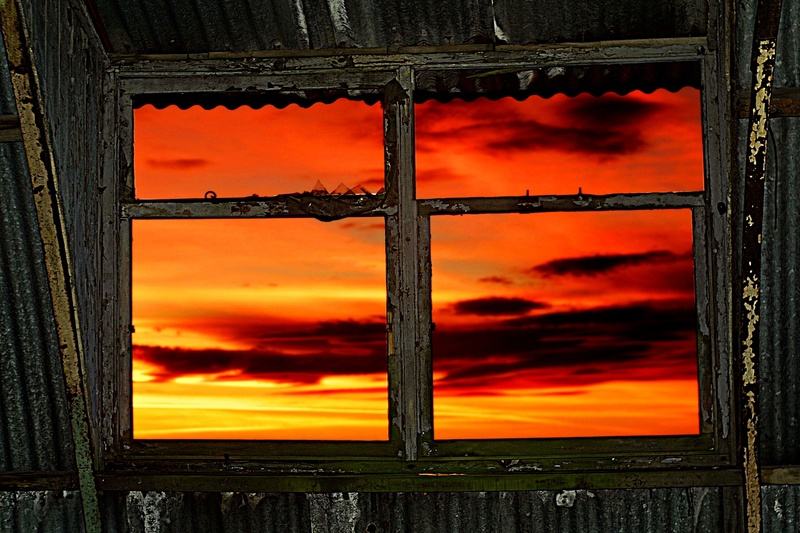
Pretentious title here. Canon EOS D30
with a Pentacon 50mm f/1.8, built in flash to illuminate the inside of the
building.
The sensor is 3.1 megapixels (or 3.25 if you're counting the pixels on the sensor, rather than on the final image), cropped to 1.6x. Unusually for a digital SLR, it's a CMOS sensor, not a CCD. Don't worry, I don't know or care about the difference either, but apparently having a CMOS sensor that wasn't bad was quite an achievement. Don't laugh at the resolution; I've done A4 sized prints from this, and it's about twice what you need for most web work (and gives pictures more than three times as large as the thumbnails you see here).
The firmware is pre-DIGIC, built around Datalight ROM-DOS (that's right, it's got an x86 processor in there). Boring! I'm only mentioning this because while poking around in a strings(1) dump of the D30's firmware[1], I found out that it appears to be the same firmware used in the PowerShot Pro70, A5 Zoom, A50 and S20. It also looks like they may have planned this camera to be able to push the ISO to 3200 and 6400; if that's so, it's as well they decided against it. There are some other fun strings in there too, like "ENGIN Illeagal Viersion !!!(Compiled for ABEL)". Whatever they're warning against, don't do that!
So until someone cares enough to unlock the hidden ISOs, you get ISO 100-1600 via 200, 400, and 800. It's impossibly clean at 100, very clean at 200, usable at 400 and 800, bad at 1600 (but still fine for web work, which is all this camera should be used for anyway).
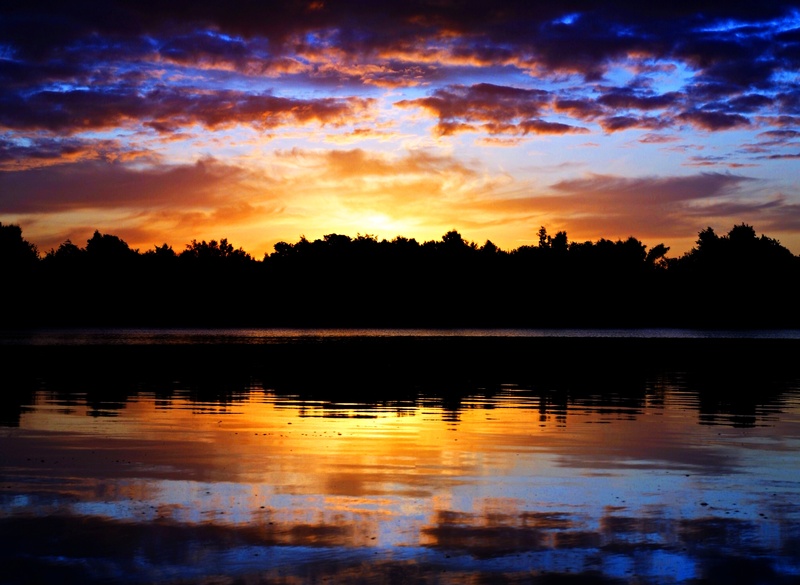
Fun with white balance.
Canon EOS D30, Helios 44M-4 lens. I used the tungsten white balance setting
to turn the non-colourful parts of the sky blue.
(awkward combination of subjects, but neither deserve a section of their own because it's boring)
You get a top shutter speed of 1/4000. Flash syncs at 1/200. The D30 will time out exposures up to 30 seconds; I don't know how long this thing will last in Bulb. It'll meter in almost no light at all; I've shot with nothing but sodium haze from King's Lynn, 5 or 6 miles from where I was, illuminating the sky. That's not much light!
You get +/- 2 stops of exposure compensation if you like. Turn on the "quick control dial" and you get this from a spin of the rear dial. Hooray. I've never needed more than 2 stops either way, so that's fine for me. You also get +/- 2 auto exposure bracketing.
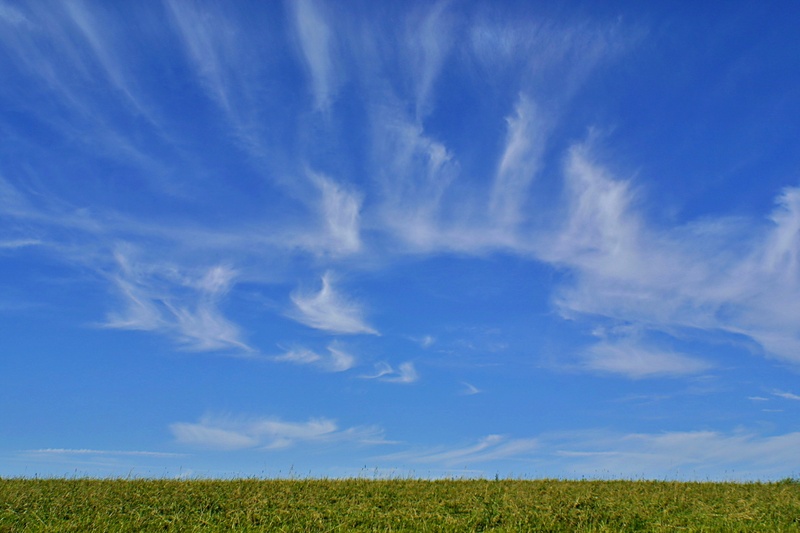
Windows XP wallpaper moment. Canon EOS D30
and a crappy Hanimex 28mm f/2.8 (the worst lens ever made).
Any Canon EF lens will work on it. This does not include EF-S lenses, which were a later invention; despite the EF-S lenses being designed for cameras with the the same sized sensors as the D30, they won't even mount on the D30. I hear there's rumours on the uh, Internets that you can attack EF-S lenses with hacksaws (less violent version here) to make them fit. Good luck!
I've always used mine with manual-focus M42 lenses since I'm poor and cheap and that's what I had left over from my time with my Praktica MTL-3; the Pentacon 50mm f/1.8 that came as standard with the latter is my very favourite. As with any M42 on EOS stuff; check the width of your adapter. Mine is out by a tiny bit; at infinity it focuses slightly past infinity.

Daffodils. Canon EOS D30,
Pentacon 50mm f/1.8 and a weird custom white balance warming everything
up.
It takes CompactFlash (and possibly CompactFlash type II, which I haven't tried) cards. It originally came with a 16mb (!) card. It's rumoured that it'll choke on cards larger than 2gb. This is fine. 2gb cards cost almost nothing these days, and bear in mind that one 2gb CF card will hold more than 1500 shots on a little 3mp camera. If you're shooting raw, which I don't, then you'll get less than this. If you're just shooting for the web then you can shoot in reduced quality, and you'll be able to hold many times as much.
(I cheaped out big time; I got a 1gb Integral CompactFlash card, which will hold about 750 shots. I've not had it fail yet. Oh, and apparently I'm not the only one being a cheapskate; it's actually 960mb, which isn't 1gb.)

The Ouse at dusk. Canon EOS D30
with Pentacon 50mm f/1.8.
It's pretty much the same as every EOS camera ever made, so if you've used one you can use this just fine ("you all look the same to me", heh heh). Better than Canon's later cheaper digital SLRs. I played with a 400D (or 450D, I don't remember exactly which) and I gave up after a few minutes when I couldn't figure out how to set the exposure compensation. Again, turn on the "quick control dial" on the D30 so that you can get it by turning the rear scroll wheel. Also, see that? It's a wheel, which is much faster to operate than the buttons on Canon's later cheap SLRs. (Nope, I'm not saying you should get one of these instead of one of those later cameras; non-prehistoric cameras are superior in almost every other way.) If this weren't the year 2000, I could complain about the weight; Wikipedia says 780g for the body alone. Add a nice East European manual-focus lens to that (heh heh) and you're talking more than two pounds.
The one oversight: They didn't provide an ISO button, which later cameras did. Fortunately, you can program your "SET" button to change the ISO while shooting (via a custom function), so this is no big deal. It can also be programmed to change camera parameters or image size/quality. The image parameters are stupid (read on) so I don't ever bother with these, and I very rarely find myself needing to change image size/quality in a hurry. I do find myself having to change the ISO in a hurry. The "SET" button is much easier to find one-handed in the dark (or without having to look away from the viewfinder) than a dedicated ISO button would be, so this is okay.
Also, I can't believe I didn't mention this when I first wrote this: my friend reminded me how silly the little rubber cover over the USB and video connectors is. It is bad; it doesn't really "close" at all and it's very flimsy. I'm afraid it's going to fall off at some point. Not what you'd expect from a camera that would have sold for £2200 when it was new.
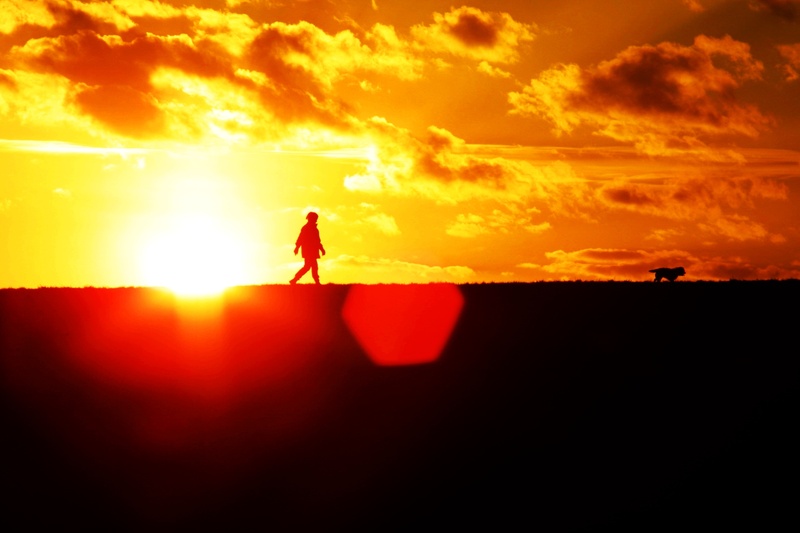
Ein mann und sein hund!
Canon EOS D30, Pentacon 135mm f/2.8. Because pointing telephotos into the
sun is awesome.
Who cares? I don't use Canon's bad software, or Windows for that matter (which I'd need to use it); I like my Linux environment just as it is. Unfortunately, you have to use their TWAIN driver to change camera parameters. Canon wasted their time inventing a proprietary protocol to transfer images to and from the camera, so you can't just plug it in and expect your computer to act as if a USB stick was plugged in. Fortunately for Linux and BSD users (and everyone else) those gphoto fellows have figured out the protocol and their code now powers most (if not all) of the major open-source photo organisers. Hooray! As for me, transferring files via the camera is slow, so I got a cheap CF card reader, which works even better.
Hey, on that note:
You can control sharpening, saturation, and contrast from -1 to +1, whatever "1" means. Unfortunately, see above: you cannot set this from the camera. Worse, you have to use their crappy proprietary TWAIN driver to change these. Worse still, you have no idea what the parameter sets are in the camera's menus; they're just called "Set 1", "Set 2", and "Set 3".
I don't care. I actually see no difference between saturation at +1 and -1, though I probably would if I tried hard enough. Same with contrast; I've not tried sharpness yet. I find the contrast and saturation is always way too low straight out the camera with any setting; I almost always have to crank both all the way up in software later to get the results I like.

Sky on fire. Canon EOS D30 with
Pentacon 29mm f/2.8, four shots stitched in Hugin for roughly a 24mm-on-film-equivalent
field of view.
Mirror lock-up is buried in the menus somewhere. Better, when you turn on mirror lock-up and use the self-timer, the self timer interval is reduced to a few seconds. This is superbly thoughtful; it makes tripod-mounted shots in no light at all much easier and quicker! Also as mentioned earlier, set C.Fn 12 ("SET button func. when shooting") to "Change ISO speed" (2). Make sure 05 ("AF-assist light") is turned on; the D30 makes a great torch in an emergency. Honestly.
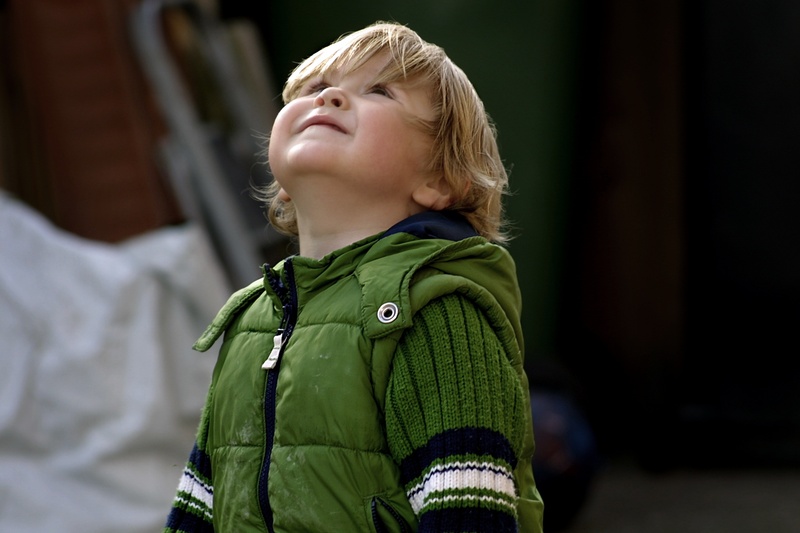
Are it an bird? Canon EOS D30 with
Pentacon 135mm f/2.8.
What more can I say? This camera is long obsolete. I shouldn't be using it, but it's served me very well, and I'm very fond of it (usual disclaimer: I usually fall in love with any camera the moment I hold it). I wouldn't recommend that anyone buy one of these today, unless they can get one for less than the price of any more recent digital SLR (I'd still take one of these over any compact camera). I overpaid £120 for mine.